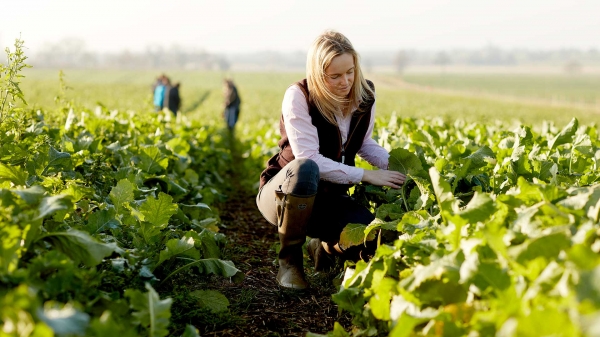



Article by: Hari Yellina
The agricultural industry will benefit from a $600-million budget windfall, with a particular focus on reducing red tape for exporting farmers, carbon farming, and biosecurity. A $267 million package will go toward lowering the cost and time of exporting, as well as making it simpler for agricultural enterprises to compete on a global scale. $80 million will be given to pandemic-affected small and medium export enterprises to help them re-establish their position in international markets, while $187 million will be used to simplify and streamline the trade procedure. The government said last week in Darwin that more than $61 million would be spent to strengthen the country’s northern biosecurity border.
Lumpy skin disease, African swine fever, and other vector-borne animal diseases have been detected in close neighbours, and there is rising worry that natural channels, such as cyclones or migrating birds, would introduce disease-carrying insects into the country’s north. The government believes the threat of lumpy skin disease is extremely real, thus it’s allocating $15 million to help businesses prepare for an epidemic. JEV (Japanese encephalitis virus) was recently discovered in Australia and is thought to be spread through natural channels. The government has set aside $69 million to respond to the virus’s debut, which is spread by mosquitos and can infect humans through pigs and aquatic fowl.
A total of $10 million will be allocated to help state and territory agriculture agencies carry out appropriate JEV surveillance and control efforts as part of the grant. A three-year $20.1 million award program will assist producers in improving their on-farm biosecurity, with a special focus on incentivizing the use of livestock traceability. Based on lessons learned from the government’s biodiversity stewardship pilot, farmers will be encouraged to undertake carbon initiatives with $27.2 million over the next 11 years to solve gaps in the voluntary biodiversity market. The money will be used to make it easier for farmers and buyers to participate, as well as to provide on-the-ground support from Natural Resource Management organisations.
Improved baseline data on biodiversity will help farmers and buyers trade with confidence, and an enlarged National Stewardship Trading Platform will make trading easier. By reclassifying profits from Australian Carbon Credit Units and biosecurity certifications from off-farm income to on-farm income, the government expects to save primary producers $100 million over the next four years. Agriculture exhibitions that were decimated by the pandemic will be eligible for a second round of support subsidies worth $15.4 million, with the majority of them being cancelled for the second year in a succession. A $12 million investment will be made in large agricultural trade events, with $6 million already committed to the Beef 2024 event.
Agriculture Minister David Littleproud said the government’s support would assist the industry reach its objective of becoming a $100 billion business by 2030. Mr Littleproud added, “Our government has a long history of supporting Australian farmers.” “We’re putting our money where our mouth is by funding new programmes that will help farmers capitalise on export success, prepare for any rough times ahead, and be at the heart of the country’s wealth and progress.” Mr Littleproud said the government was preparing the country’s farmers for future challenges by allocating $84.5 million over the next four years to drought resilience projects, the specifics of which will be published next week. $23.4 million will be invested in plant breeding and agricultural agvet chemical innovation and commercialization over the next four years. Mr Littleproud stated, “Innovation is driving the next wave of agricultural output.” “We are putting in place measures that stimulate innovation in order to unlock the potential of Australian agriculture.”